Genocide of Tibetans in Western China
What
In 1949 and 1950, with the Chinese Communist Revolution, China began to enforce a claim to Tibet and in 1951, Tibet was officially annexed.[1] A treaty between Tibet and the Chinese government provided Tibet with autonomy, but the treaty ended Tibet’s position as a de facto independent nation. The Dalai Lama, leader of the Tibetan people in China, subsequently repudiated the agreement, refusing to accept China’s control over Tibet.[2]
Uprisings, discontent, and resentment against Chinese rule broke out, gaining traction until a full-scale revolt in 1959 where thousands died and tens of thousands fled to India as refugees, including the 14th Dalai Lama.[3] Uprisings continued for decades, and resistance efforts led by monks in the late 1980s co-occurred with other rebellions in China, particularly among the Uyghur people in Xinjiang Province to the north of Tibet.
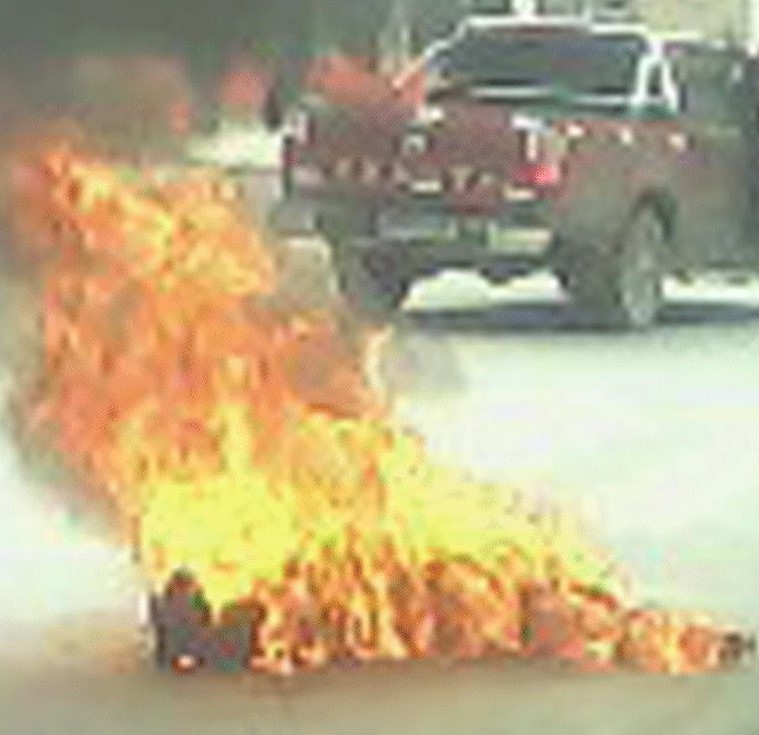
Tibetan nun Palden Choetso self-immolates in Tawu, Tibet, November 3, 2011. Image courtesy of SFT HQ is cropped and licensed under CC BY 2.0.
In response, the CCP (Chinese Communist Party) began an anti-separatist campaign against minority religio-ethnic groups including Tibetans and Uyghurs. The CCP has since cracked down on cultural and religious expression by labeling the groups’ actions as signs of terrorism, extremism, and separatism – or the Three Evils.[4] Protests have not ceased. In fact, there was a wave of self-immolation protests, a major form of demonstration against CCP policies, after 2009.[5]
The Three Evils campaign serves as the CCP’s justification for the human rights abuses by the CCP in Tibet against Tibetans, a Buddhist minority concentrated in Southwest China with a unique language, religion, and culture. These abuses have been labeled ‘cultural genocide,’ which in this case includes, but is not limited to, the practice of ‘swamping,’ by which the CCP incentivizes majority ethnic Han people to move to Tibet to decrease the proportion of Tibetans in the province. This occurs alongside re-education campaigns and other state policies of forced assimilation, cultural and linguistic repression, family separations, and discrimination.[6]
Where
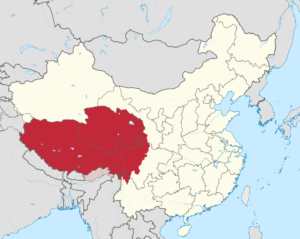
Tibetan Autonomous region in red. Image courtesy of Crab2814 is unmodified and licensed under CC BY-SA 4.0.
Tibet is a province in China also known as the Tibet Autonomous region, or TAR. Tibet shares the northern border with Xinjiang, the largest autonomous region in China and home to much of the Uyghur population, a Turkic Muslim minority who experience similar oppression at the hands of the CCP. Tibetans comprise about 90% of the 3 million people in Tibet.[7] However, Tibet is also home to other ethnic minority groups, such as Sherpa and Lhoba peoples. In total, there are only about 6 million Tibetans, or .005% of the population, in all of China.[8]
The CCP cares greatly about Tibet for more than enforcing their anti-separatist policies. The CCP wants absolute control over this province for access and complete control over Tibet’s water and minerals.[9] Several major rivers have their source in the Tibetan Plateau (mostly in present-day Qinghai Province). These include the Yangtze, Yellow River, Indus River, Mekong, Ganges, Salween and the Yarlung Tsangpo River (Brahmaputra River). Tibet is called the “Water Tower” of Asia, and China is investing heavily in water projects in Tibet.[10]
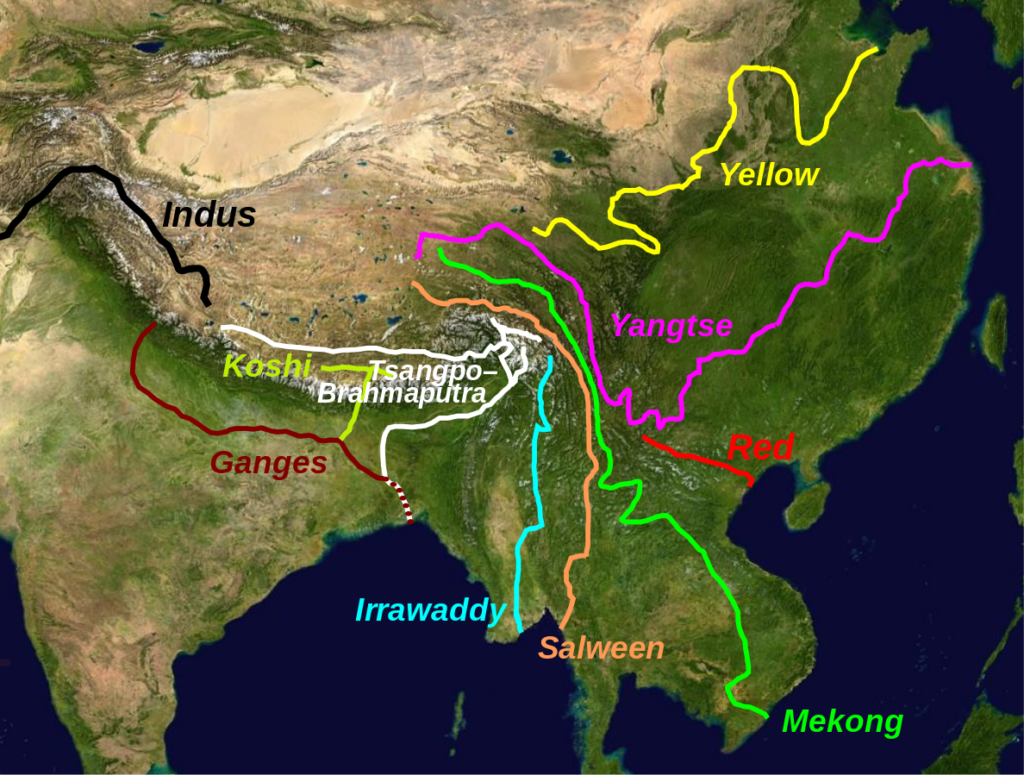
Major rivers with sources in Tibet. Image courtesy of Thincat is unmodified and licensed under CC BY-SA 4.0.
In January 2007, the Chinese government discovered a large mineral deposit under the Tibetan Plateau with an estimated value of $128 billion.[11] It may double Chinese reserves of zinc, copper, and lead. The Chinese government sees this as a way to alleviate China’s dependence on foreign minerals for the fast-growing tech and green sectors.[12] However, mining these vast resources is already harming Tibet’s fragile ecosystem and undermining Tibetan culture.[13]
In addition to these natural resources, Tibet is a crucial piece of land for the CCP’s Belt and Road Initiative (BRI). The BRI aims to expand China’s global economic reach and influence.[14] The land ports being built in Tibet serve as a gateway through neighboring countries to boost bilateral economic and trade exchanges.[15]
How
Swamping, as mentioned above, is similar to settler colonialism. While Han people have been encouraged to move to Tibet as a way to dilute the population of Tibetans, Han specifically are moving to Tibet’s urban areas and major towns. Han people are then able to dominate economic opportunities in the urban centers. The Han have a strong competitive advantage over locals, given the Chinese linguistic biases in the urban economies, a real economic disadvantage for the local Tibetan people.[16]
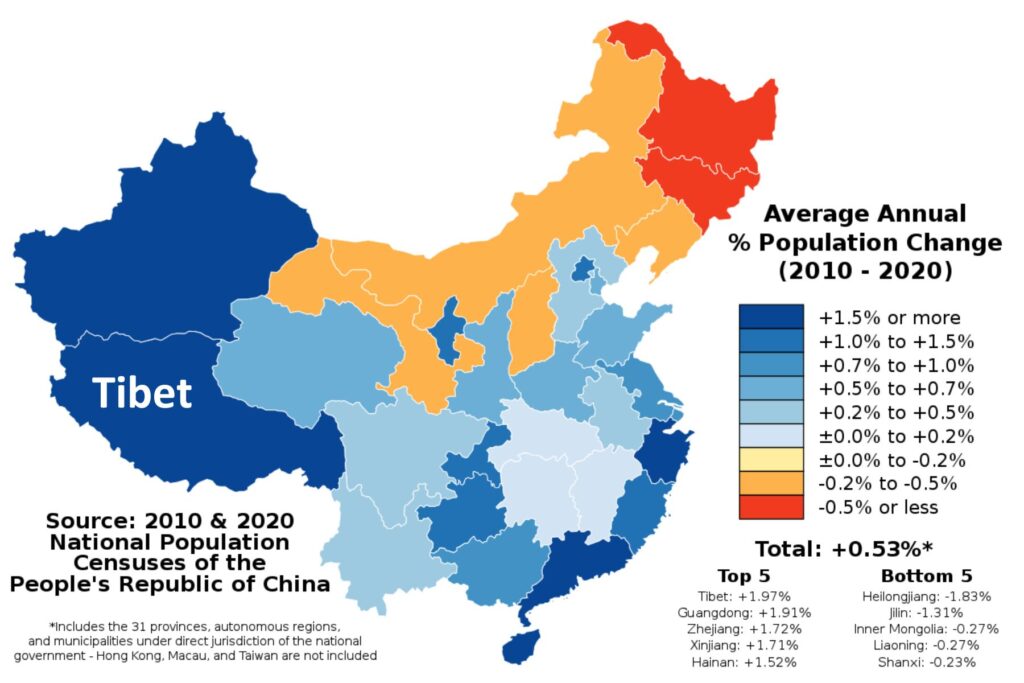
Dark blue areas indicate highest percentage of annual population growth. Image courtesy of Abbasi786786 is modified and licensed under CC BY-SA 4.0.
In addition to swamping, ‘anti-splitting’ campaigns have targeted Tibetan people. These campaigns aim to eradicate any support for Tibetan autonomy and political dissent.[17] Almost 12,000 defendants have been accused of and prosecuted for splittism in Tibet. Of this number, 92% were ethnic minorities and most of them were from Tibet.[18] This campaign worked in conjunction with the CCP’s re-education campaign, which led to widespread arrests and expulsions of monks and nuns who refused to be “re-educated” along Chinese communist lines, who wouldn’t renounce the Dalai Lama’s leadership, and who advocated for Tibetan independence.
A significant challenge to the Dalai Lama’s influence has come about through the CCP’s threat to the Panchen Lama, the person whose spiritual authority is second only to that of the Dalai Lama. The Panchen Lama is also responsible for identifying the person to become the Dalai Lama, and given the age of the current Dalai Lama (86 years, as of summer 2024), the Panchen Lama’s role is of great importance.
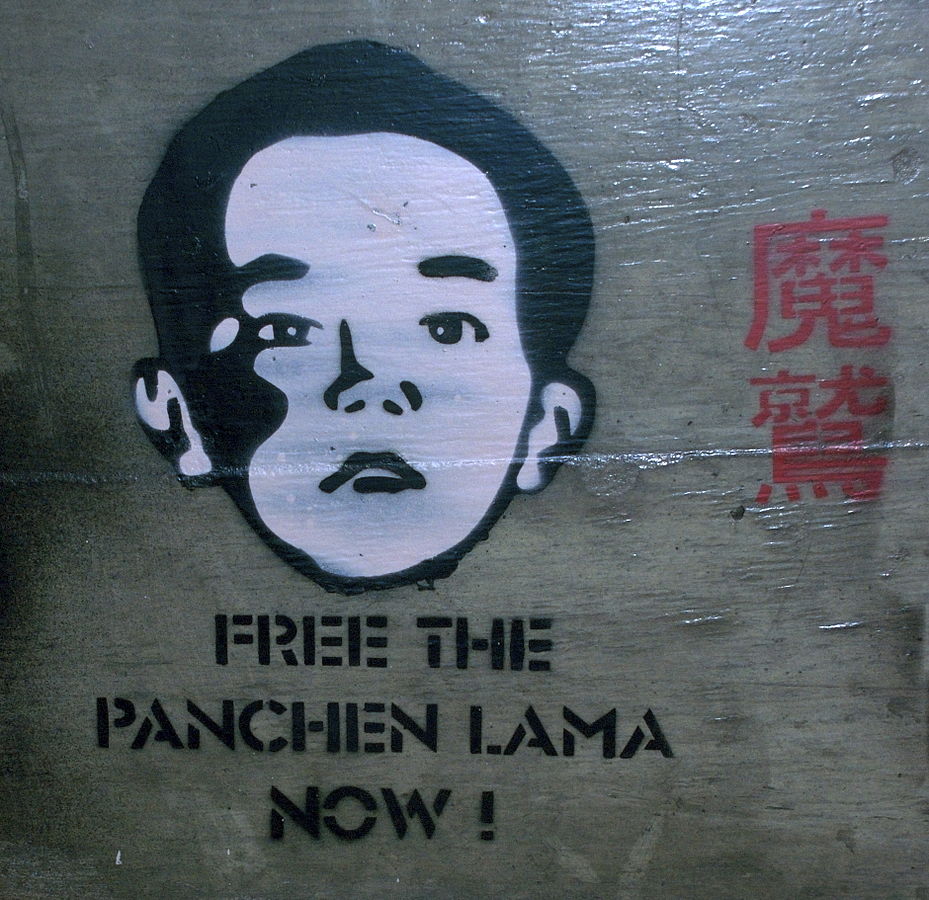
Image courtesy of Leeky-Boy is unmodified and licensed under CC BY 2.0.
After the 10th Panchen Lama strangely and suddenly passed away in 1989, the Dalai Lama recognized Gedhun Choekyi Nyima as the 11th Panchen Lama in 1995. However, three days later, the CCP abducted Gedhun Choekyi Nyima and his entire family. Their whereabouts are still unknown. While there is international pressure for the CCP to disclose the location of the Panchen Lama, the CCP claims he is living an ordinary life as a Chinese citizen who does not wish to be disturbed. However, all traces of him and his family have vanished.[19] The CCP named Gyaincain Norbu as the 11th Panchen Lama, who represents the CCP,[20] a move that has had significant international outrage.
In 2014, the CCP launched the Strike Hard campaign, where the CCP violently cracked down on small-scale crimes in specific regions under the guise of preventing terrorism and separatism. During this campaign, the CCP attacked freedom of expression, association, assembly, and religion, with particularly virulent official rhetoric against the Dalai Lama. Amnesty International reported that in the first two months of the Strike Hard campaign, at least 1,000 people were executed following torture and sham trials.[21] China has reported that 30,000 out of Tibet’s 46,000 Buddhist monks and nuns have received this re-education and 1,780 monasteries and temples out of a reported 1,787 have been closed as well.[22] These re-education campaigns also operate in conjunction with vocational training facilities – where adults are forced to conduct wage-labor and pledge loyalty to the CCP.[23] Re-education also serves to eradicate religious practices in the region, as monks and nuns were specifically targeted in the campaigns. Anyone under the age of 18 is now prohibited from becoming a monk or a nun, religious education for children is prohibited, monastery schools have been shut down, and possessing anything Dalai Lama-related can lead to prosecution.[24][25][26][27]
There are also summer camps for children aged 8-16 where they are separated from their families and engaged in learning Chinese culture and language, with the goal of weakening their connection to Tibetan culture.[28] In February 2023, UN experts warned that 1 million Tibetan children have been separated from their families and forcibly placed into Chinese state-run boarding schools, in a program to absorb them “culturally, religiously, and linguistically” into the dominant Han Chinese culture.[29]
Intermarriage between Han Chinese and Tibetans is encouraged as another way to erase Tibetan identity.[30]
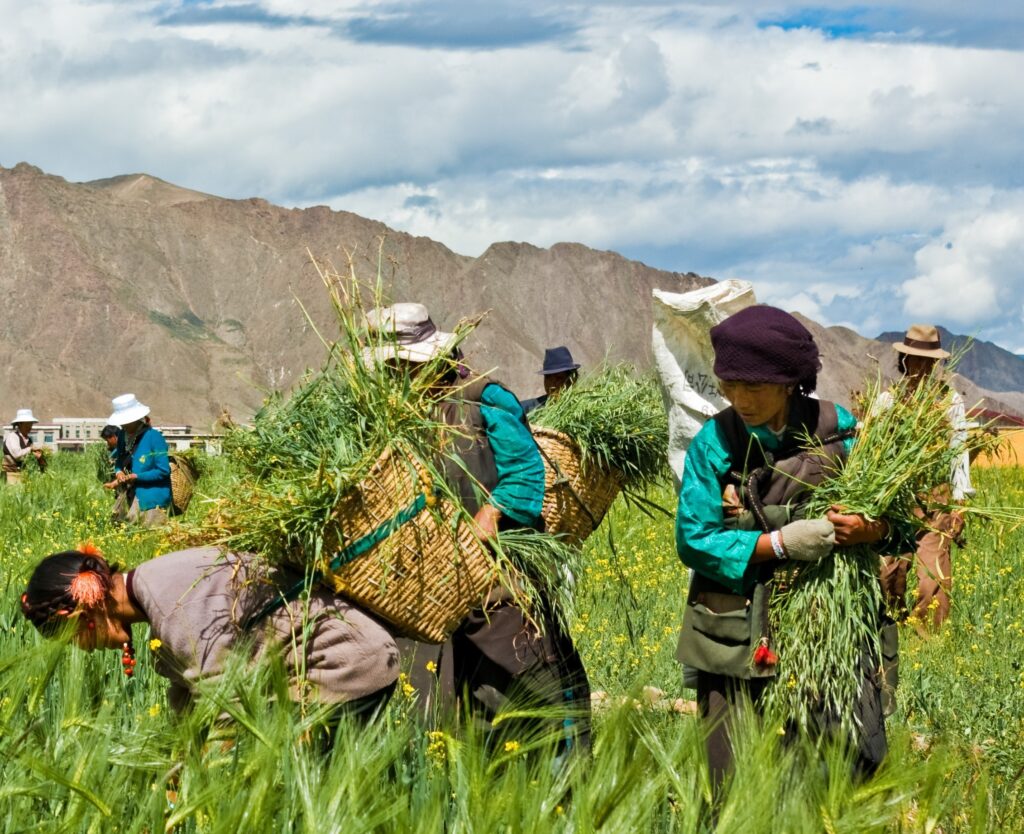
Farmers in Tibet. Image courtesy of Antoine Taveneaux is cropped and licensed under CC BY-SA 3.0.
Additionally, Tibetan farmers have had their land seized and have been forced to work as wage-laborers or move to urban areas where they are crowded into large apartment blocks and prevented from pursuing traditional livelihoods.[31]
Specific policies are in place to reduce the Tibetan population. The country’s now-abandoned one-child policy still remains in Tibet, where forced sterilization, abortions, or lethal injections to babies post- birth take place.[32] There are also reports of organ harvesting that target minorities in detention, including Tibetan people.[33]
The CCP’s surveillance is an essential tactic of their oppression, operating in a multitude of ways. The relationship between surveillance and prisons has led to the incarceration of Tibetan cultural, religious, and intellectual figures. In September 2022, the organization Citizen Lab reported that the CCP had collected DNA from nearly a third of the Tibetan population in Tibet, without their consent. While it is not clear exactly what their DNA will be used for, research suggests that is an additional tool for social control. DNA allows the police and the CCP to know who is Tibetan, or an ethnic minority, and to identify their relatives. A completed population DNA database could likely be a surveillance tactic to justify arresting, prosecuting, or detaining Tibetans.[34]
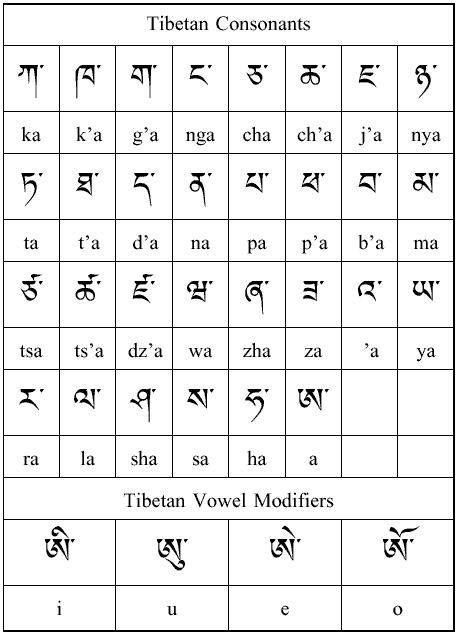
Tibetan alphabet. Image courtesy of Alphabets alphabetical is unmodified and licensed under CC BY-SA 4.0.
Tibetan language is forbidden on many social media apps, media blackouts are far more common in Tibet, and the CCP media control is stricter in Tibet than elsewhere in the country– leading to more arrests and criminal penalties.[35] Tibet is the only province in China that requires foreigners to obtain a special permit to enter, and foreign journalists are regularly prevented from visiting Tibet and Tibetan areas of other provinces. Tibetans who communicate with foreign media or other foreign contacts without permission face criminal prosecution and long prison sentences.[36] Tibet has the highest per-person security costs in the country, followed by Xinjiang, where the security goal is to control the Uyghurs.[37]
Additionally, this surveillance extends to Tibetans living in the diaspora through a practice known as transnational repression. Transnational repression is defined as a felony crime in the United States. It occurs when a foreign government reaches out to surveil, harass, and persecute its own nationals who are living abroad. The CCP has made communication dangerous or impossible between diaspora Tibetans and Tibetans living in Tibet, spied on exiled Tibetans to infiltrate and intimidate diasporic networks, coerced diaspora Tibetans to cease their activism by threatening their families in Tibet, and prevented money transfers from relatives in Tibet.[38] Additional tactics of transnational repression include hacking, stalking, assault, attempted kidnap, and forced return to one’s home country. Transnational repression not only has severe physical consequences, but also emotional and psychological consequences where victims may become anxious and paranoid, thus withdrawing from communities and their daily lives. It is estimated that transnational repression has been enacted on 150,000 Tibetans living outside of Tibet, which poses a threat to the security and democracy of other nations.[39]
Response
In 2020, Congress passed the Tibetan Policy and Support Act (TPSA) that upgrades U.S. support for Tibetans, including sanctioning Chinese officials if they try to appoint the next Dalai Lama. It expands the landmark Tibetan Policy Act of 2002 and addresses Tibetan human rights, environmental rights, religious freedoms, and the democratic Tibetan government in exile.[40] Additional legislation has passed in the United States; however, this legislation has done essentially nothing to change the situation beyond sending a message. HR 3654 and S831, or the Transnational Repression Policy Act, is currently pending as of summer 2024 and would be an effective bill in reducing transnational repression by strengthening punishments, providing an all-of-government approach, and increasing measures for safety and security of those who are targeted.[41]
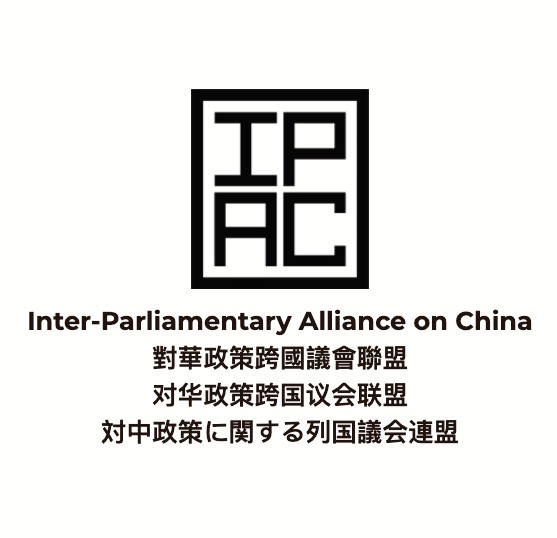
Image courtesy of Erasmus Sydney is unmodified and licensed under CC BY-SA 4.0.
Additionally, the United Nation’s periodic review of China’s progress on human rights makes 25 recommendations, including granting UN observers full access to Tibet, urging China to end restrictions on the Tibetan language, ending the harassment of human rights defenders, and ending interference with Tibetans’ cultural and religious rights, including abolishing the residential boarding school system. However, these reviews cannot force a nation to take action or implement their recommendations.[42] An Inter-Parliamentary Alliance on China, composed of international leaders dedicated to a proactive approach to China, is working on ‘soft policies’ to encourage China to uphold human rights and international law.[43]
In addition to legislation, policy recommendations include providing legal immigration status for potential victims, creating and enforcing collaborative sanctions by many nations against China for the CCP’s human rights abuses, and upholding the international principle of non-refoulement, which guarantees that no one should be returned to a country where they would face torture, cruel, inhuman, or degrading treatment or punishment and other irreparable harm.[44]
Written by Xander Cohn, June 2024.
References
[1] https://www.bbc.com/news/world-asia-pacific-16689779
[2] IBID
[3] IBID
[4] https://hrf.org/wp-content/uploads/2021/12/CCP-100-Years-of-Suppression-FINAL-VERSION.pdf
[5] https://savetibet.org/tibetan-self-immolations/
[6] https://tibetpolicy.net/wp-content/uploads/2017/10/Tibetocide.pdf
[7] https://www.state.gov/reports/2021-report-on-international-religious-freedom/china/tibet/
[8] https://minorityrights.org/communities/tibetans/
[9] https://freetibet.org/freedom-for-tibet/land-and-environment/natural-resources/
[10] https://www.circleofblue.org/2008/world/china-tibet-and-the-strategic-power-of-water/
[12] https://www.chathamhouse.org/2010/10/tibets-natural-resources-tension-over-treasure-0
[13] https://freetibet.org/freedom-for-tibet/land-and-environment/
[14] https://crsreports.congress.gov/product/pdf/IF/IF11735
[15] http://www.xinhuanet.com/english/2019-06/16/c_138147526.htm
[18] https://www.duihuahrjournal.org/2020/07/court-statistics-on-splittism-and.html
[20] https://savetibet.org/as-panchen-lama-turns-35-china-must-free-him/
[21] https://www.amnesty.org/en/documents/asa17/072/1996/en/
[22] https://tchrd.org/china-in-tibet-striking-hard-against-human-rights/
[23] https://www.bbc.com/news/world-asia-china-54260732
[26] https://freetibet.org/freedom-for-tibet/culture-religion/religion/
[27] https://freetibet.org/freedom-for-tibet/occupation-of-tibet/
[32] https://www.europarl.europa.eu/doceo/document/E-8-2019-001299_EN.html
[34] https://citizenlab.ca/2022/09/mass-dna-collection-in-the-tibet-autonomous-region/
[36] https://doi.org/10.1177/14648849211044899
[39] https://www.state.gov/reports/2022-country-reports-on-human-rights-practices/china/
[40] https://www.congress.gov/bill/116th-congress/house-bill/4331
[42] https://freetibet.org/latest/sharp-surge-in-support-for-tibetan-rights-at-un/


